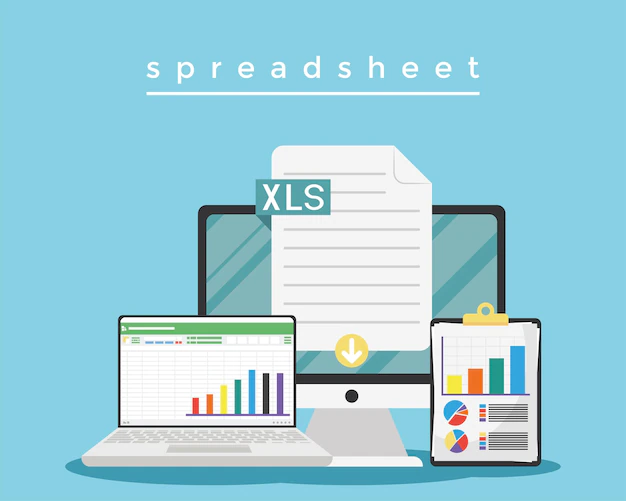Maximizing compatibility with Excel to PDF conversion

The increased use of Excel spreadsheets in the modern workplace makes it important for businesses to have an efficient and reliable method of converting these spreadsheets into PDFs. Not only is this necessary for providing hard copies of the documents, but it is often necessary for compatibility when sharing documents between different software platforms. In this blog post, we will discuss methods for maximizing compatibility when converting Excel spreadsheets to PDFs. We will look at the steps you can take to ensure that the conversion process does not result in any loss of formatting or data, as well as the benefits of doing so. We will also discuss the importance of having a reliable and efficient system for making these conversions and why it is essential for businesses in the digital age.The PDF to Word converter allows users to easily convert PDF documents into editable Word files, preserving the original formatting and layout of the document.
1. Cleaning up your Excel file before conversion
Before you convert your Excel file to PDF, it is important to clean it up to maximize compatibility. This means ensuring that all the formulas, formatting, and other elements of your Excel file are as they should be. Start by making sure none of the cells are blank, as this may cause a formatting error when you convert your file. Check for any “#REF” errors in the cell formulas, which can cause incompatibility issues. Finally, make sure the number of columns and rows is the same across all tabs. If the number of columns or rows is different, this can also cause a formatting error. Once you have ensured all of these issues are taken care of, you can proceed with your Excel to PDF conversion.
2. Using online conversion tools
One way to maximize compatibility when converting Excel to PDF is to use online conversion tools. These tools allow you to upload your Excel file from your computer and then convert it to a PDF file. The conversion process is usually quick and easy, and you don’t need to install any software on your computer. Furthermore, online conversion tools provide a number of additional features, such as the ability to add security options, watermarks, and annotations to the PDF file. While these tools may not provide the most advanced features, they are more than suitable for basic conversions.
3. Utilizing software to convert
Utilizing software to convert Excel to PDF can be a great way to maximize compatibility between different systems. Software such as Adobe Acrobat and Nitro Pro allow users to quickly and easily convert any Excel document into a PDF, ensuring that it can be viewed on any device regardless of the platform. Additionally, using a software solution to convert Excel documents to PDF is much faster than manually converting them. Utilizing software to convert Excel to PDF is a great way to ensure compatibility without sacrificing speed.
4. Understanding differences between Excel and PDF
When it comes to working with digital documents, it is important to understand the differences between Excel and PDF files. Excel files are spreadsheet documents that can contain complex formulas and calculations, while PDF files are static document formats that are better suited for sharing, printing and archiving. Excel files can be easily converted to PDF, allowing you to maintain compatibility between the two formats. By understanding the differences between Excel and PDF, you can ensure that your documents are always optimized for the task at hand. With the right combination of Excel and PDF, you can maximize compatibility and ensure that your documents are always compatible with other software, no matter the platform.
5. Compressing PDF documents for easier sharing
Excel to PDF conversions provide an easy way to share your documents with other people. However, you want to make sure that the document you share is as small as possible. Compressing the PDF documents will help maximize compatibility and make it easier to share with others. With the right tools, compressing PDF documents is a simple process. You can reduce the size of the file to make it easier to upload, email or share with others. Additionally, compressing PDF documents helps to reduce download times, making the document even more accessible.
In conclusion, converting Excel to PDF is a simple and efficient way to share your data with others. By understanding the different options available, you can ensure that your file is converted accurately and that your recipient is able to view the information without any compatibility issues. With the right tools, the transfer from Excel to PDF can be quick and hassle-free.




No Comments